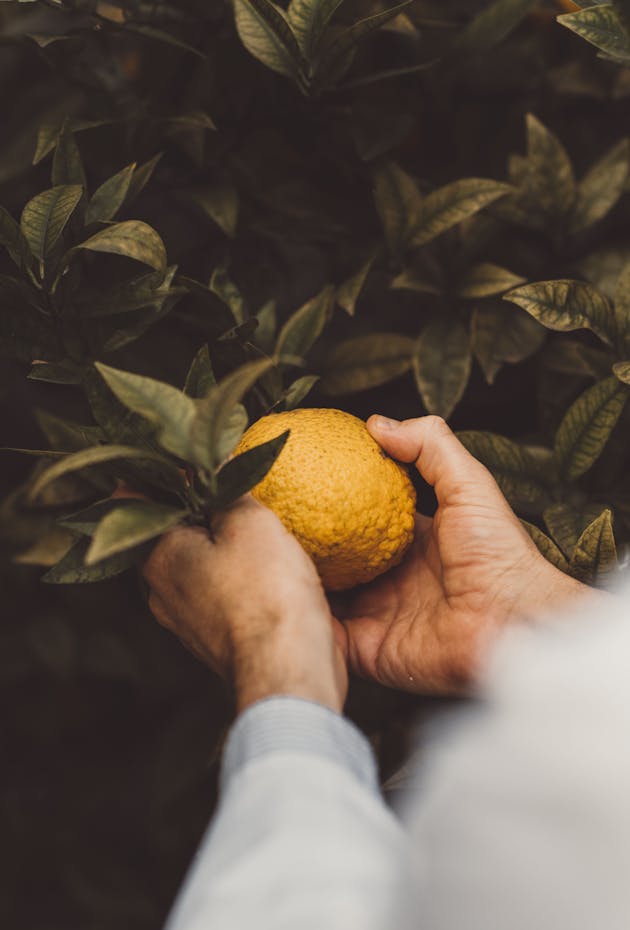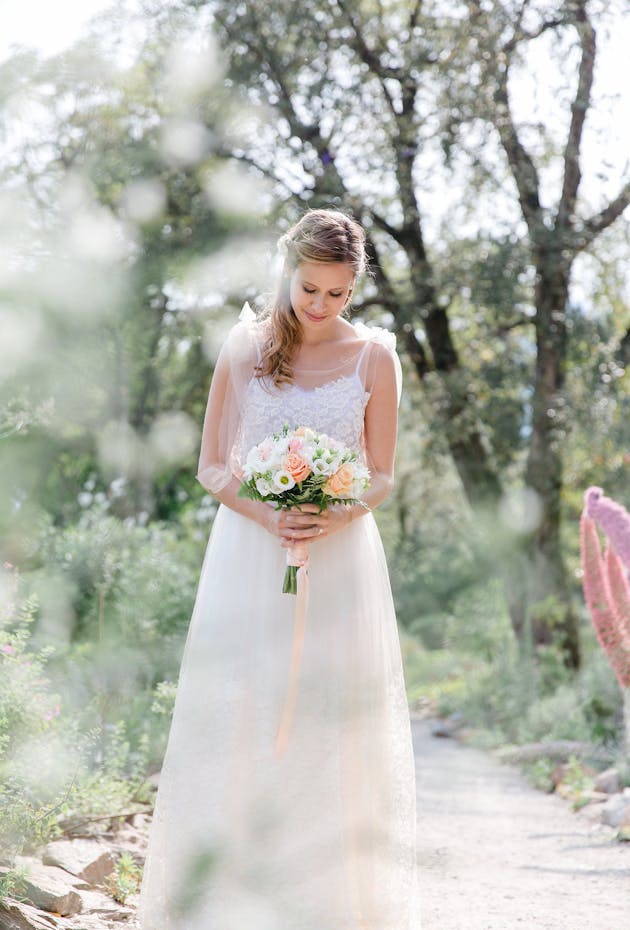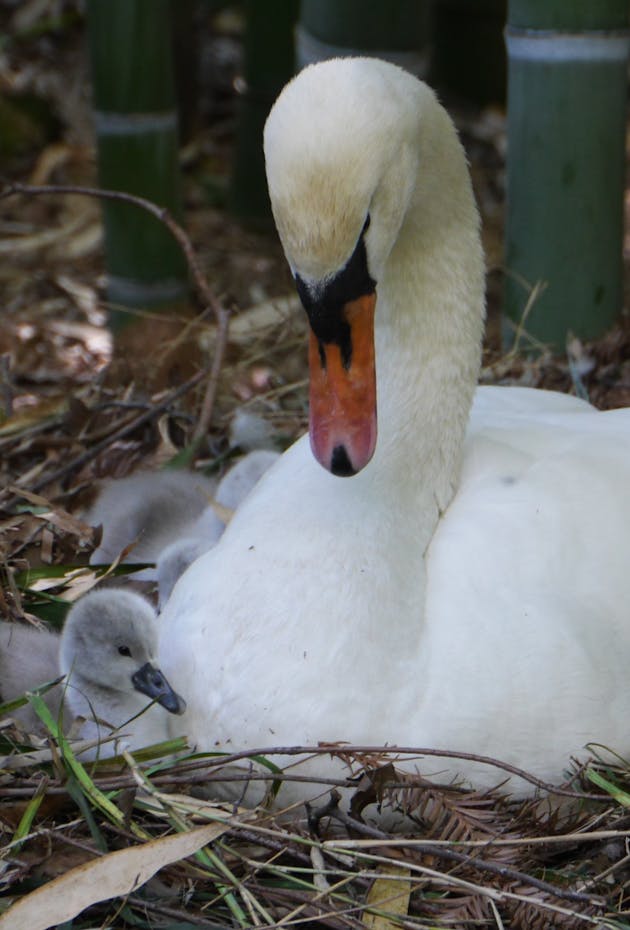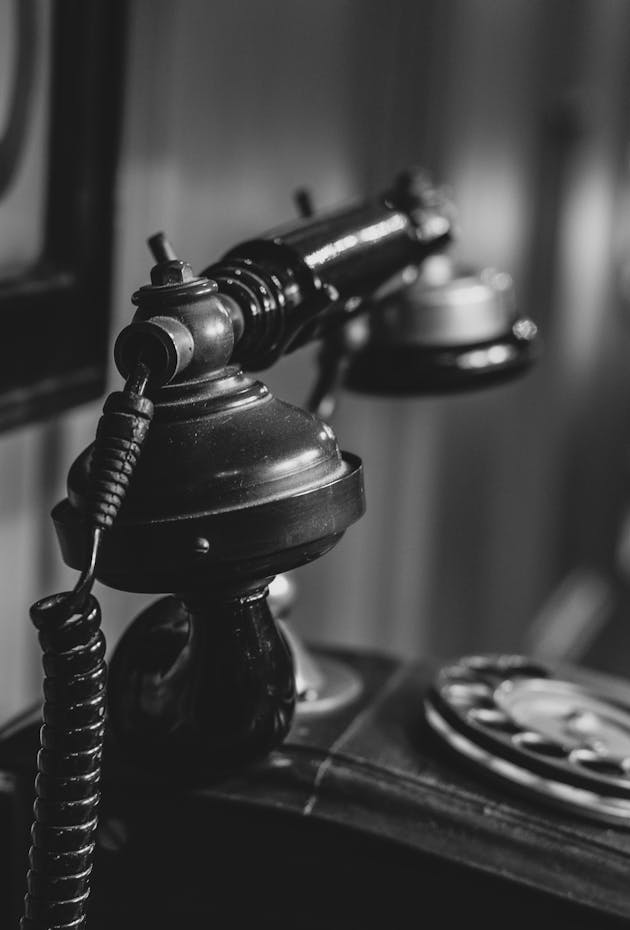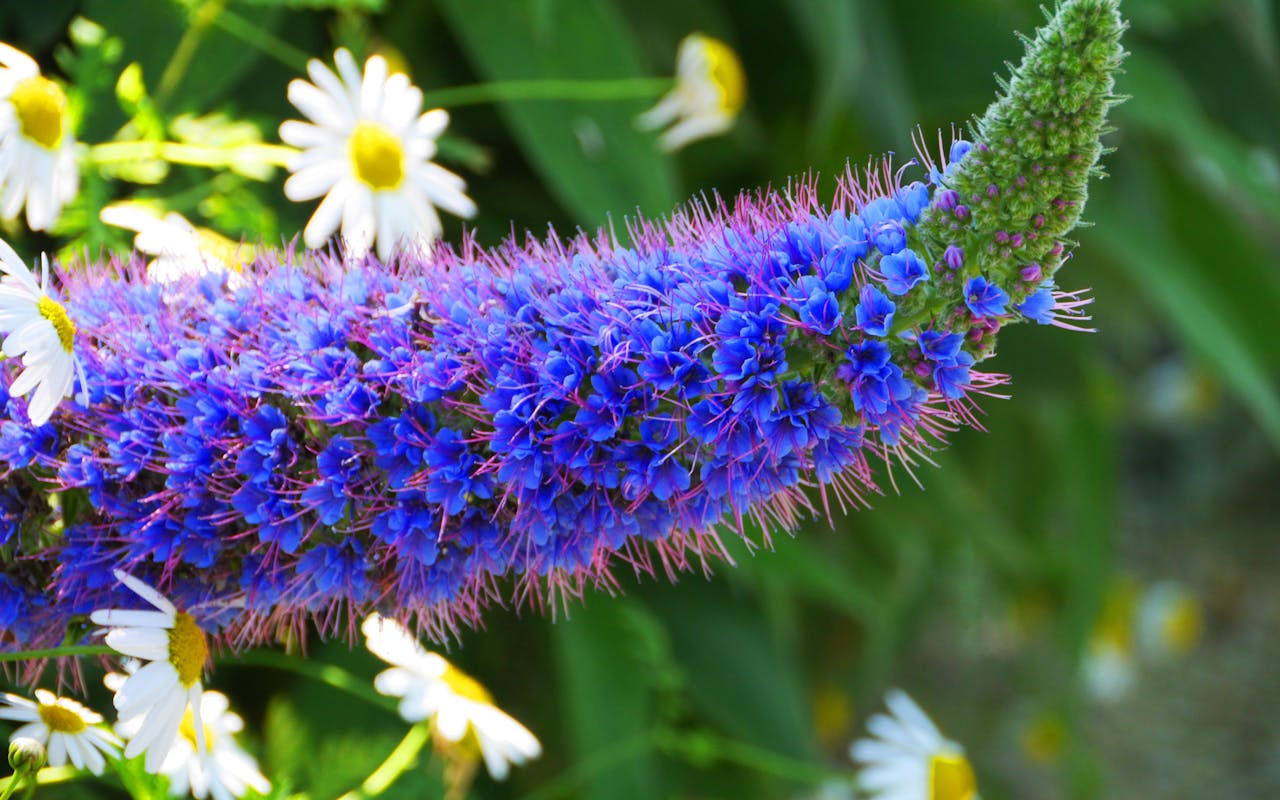
Nestled in the Canton Ticino's botanical garden are the two petite Brissago Islands. The little island, Isola Piccola, is left undisturbed, tangled with flora from the Insubrica region. The larger island, Isola Grande, upon which Villa Edmen sits, is carefully tended to, with thousands of species of subtropical plants from both the northern and southern hemispheres.
Two thousand different species of plants, from every corner of the globe. Musa banjo, bamboo and the Ginkgo evoke the Far East. With the Central American collection comes large-flowered magnolia, agaves, cypress, yucca, Californian poppies. Sage, rosemary, cork and palms from the Canaries conjure the impression of Mediterranean countryside. The Brissago Islands are part of the Gardens of Switzerland network, which bring together the most beautiful gardens of Switzerland.
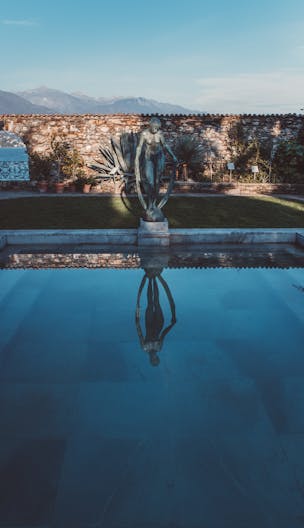
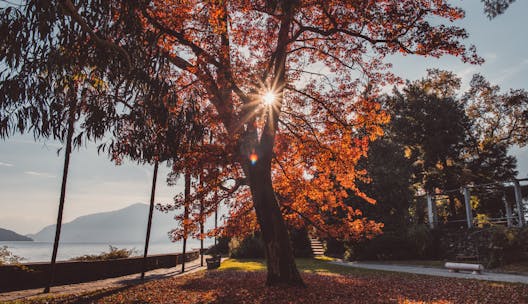
The Botanical Garden
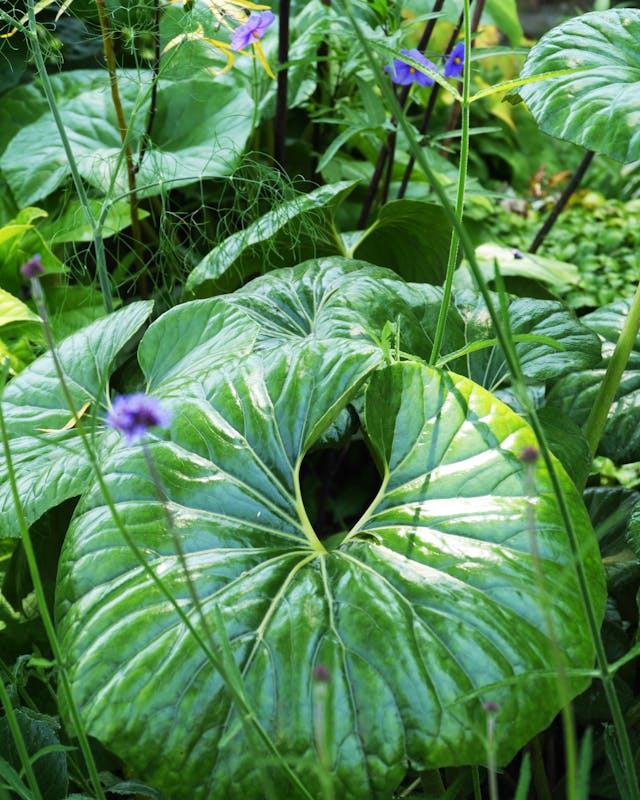
Farfugium Japonicum
Herbaceous plant, perennial evergreen native to Japan. It develops in cool and little sunny locations, reaches a height of 90-120 cm and resists to temperatures going from -10 °C to 35 °C. In winter it produces intense yellow daisy-shaped flowers which produce small seeds covered with white lint.
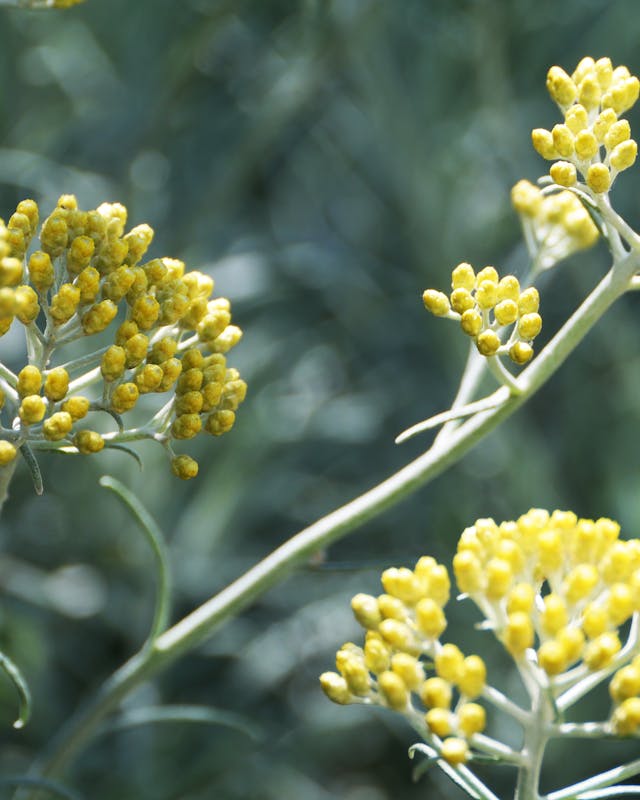
Helichrysum Italicum
The helichrysum, widespread in southern and Mediterranean Europe, is a plant of the Asteraceae family. The golden-yellow flowers give off an intense, aromatic and pleasant smell reminiscent of curry, which is why it is also called curry plant.

Callistemon citrinus
Shrub native to South East Australia, evergreen of the Mirtaceae family with flowers composed of red needles resembling brushes, hence the name of bottle brush or toothbrush plant.
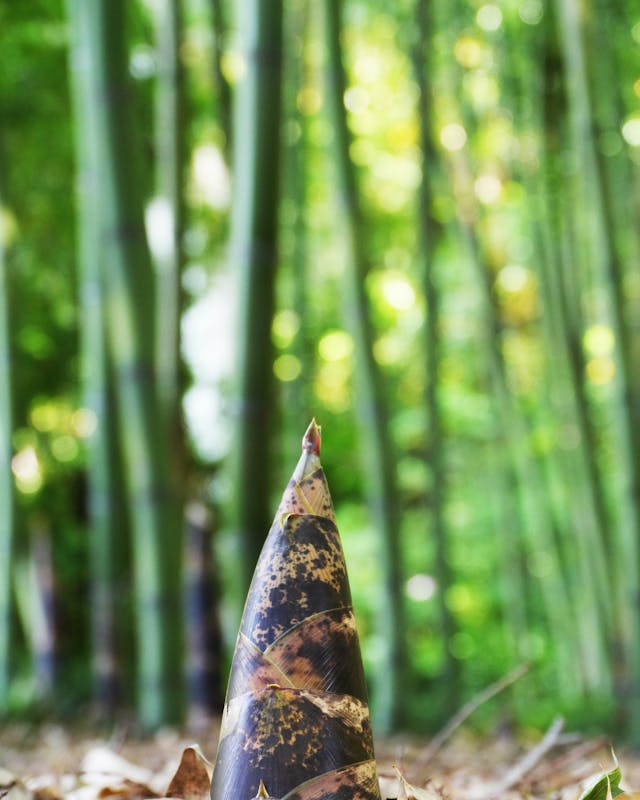
Phyllostachys sulphurea
This type of bamboo comes from eastern China, forming strong rhizomes with which it spreads quickly horizontally and from which new shoots sprout in June. It reaches a height of 10-15m and in the initial stage grows up to 30cm per day, stopping when it has reached its final height.

Arisaema Fargesii
Herbaceous perennial tuberous root herbaceous plant native to eastern Tibet and western China. It grows in wetlands, in semi-shady areas, along paths or in lightly dense woods at an altitude ranging from 900 to 2000 ms/m. It spends the winter in the form of a rhizome, then sprouts again in spring-summer with flowers first and large trilobed leaves afterwards.
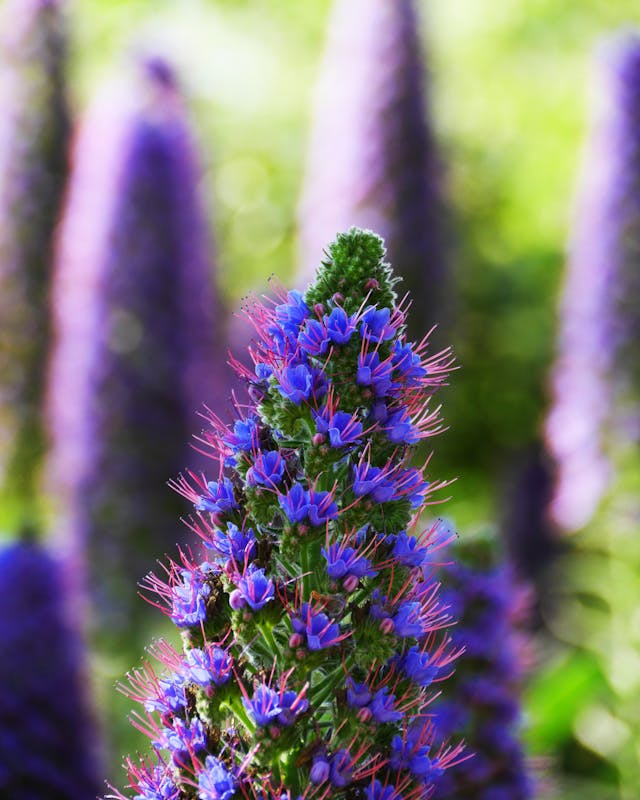
Echium Webbii
A species of flowering plants of the Boraginaceae family, endemic to the Canary Islands, where it is limited to the island of the Palm. The plant, not very tolerant to the cold, develops large inflorescences that reach 100-150 cm from the small blue flowers, usually very appreciated by bees.
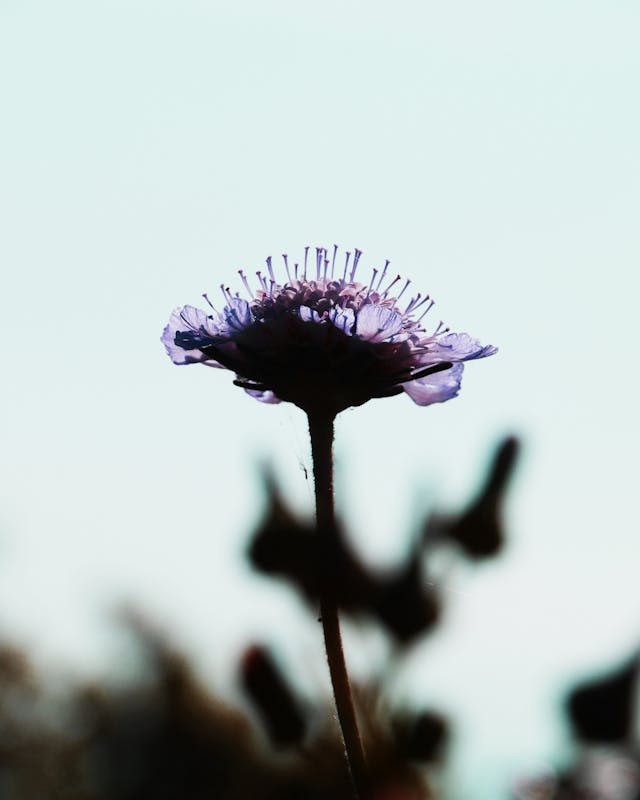
African Scabiosa
Perennial and ornamental herbaceous plant native to South Africa. Despite its elegant, almost delicate appearance, it is relatively resistant to wind and sun, making it ideal for the coasts and mountain slopes of South Africa. It develops delicate lilac-coloured inflorescences.
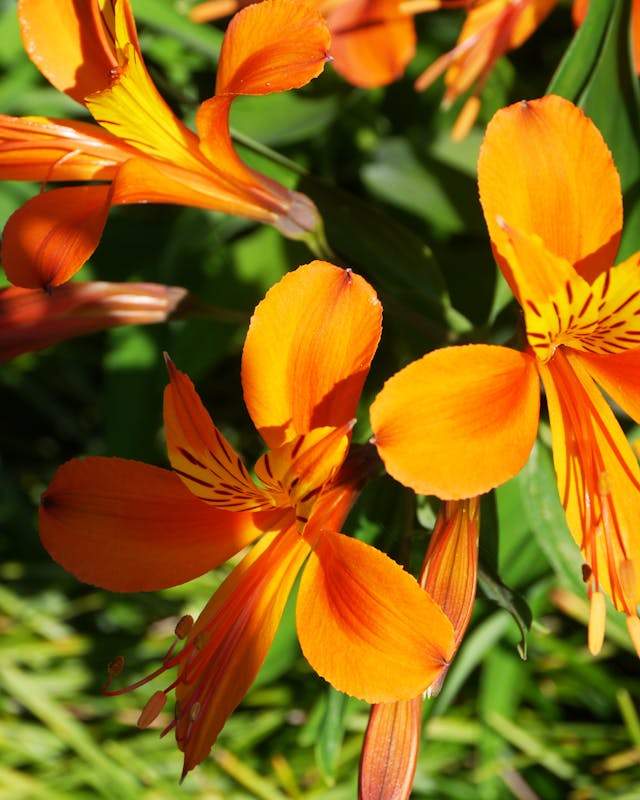
Alstroemeria Ligtu
Called the Peruvian lily or Inca lily, native to Peru, central Chile and northwestern Argentina. Many different coloured hybrids have been developed, including white, yellow, orange, apricot, pink, red, purple and lavender. The most popular and flashy hybrids commonly cultivated today are the result of crosses between species from Chile (winter cultivation) and species from Brazil (summer cultivation).
The History
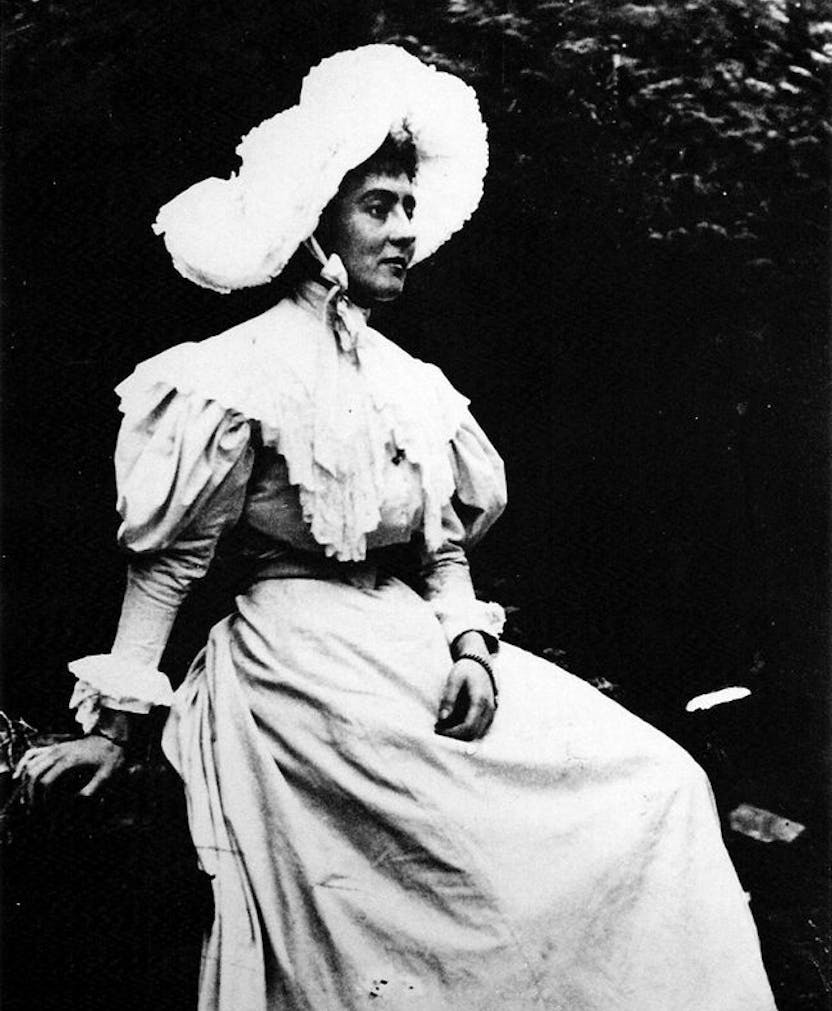
ANTOINETTE
In 1885, Richard Fleming, an Anglo-Irishman of the St. Leger family and his Russsian wife, Antoniette, purchased the Brissago Islands. They built a large house on Isola Grande and began to create the botanical garden, bringing soil and manure to the island by boat. Twelve years later, Richard Fleming left the islands for Naples but his wife, Antoniette, stayed and continued to develop the garden. From 1886 onwards, Antoinette transformed the islands into a creative residence, inviting artists and sculptors such as Danielle Ranzoni, Filippo Franzoni and Giovanni Segantini, writers including James Joyce, Rainer Maria Rilke and Harry Graf Kessler and the composer Ruggero Leoncavallo. After the First World War, Antoinette found herself in significant debt and in 1927, she was forced to sell the property and move to the mainland where she lived on government support until her death in 1948.

MAX EMDEN
In 1928, Max Emden, a successful businessman from Hamburg, purchased the islands and commissioned architect, Alfred Breslauer, to the neoclassical Villa Emden that still stands today. Emden lived on the islands until his death in 1940 and passed the islands on to his son, Hans Erich, who later sold the islands to the Swiss Heritage society in 1949, opening the islands up to the public.
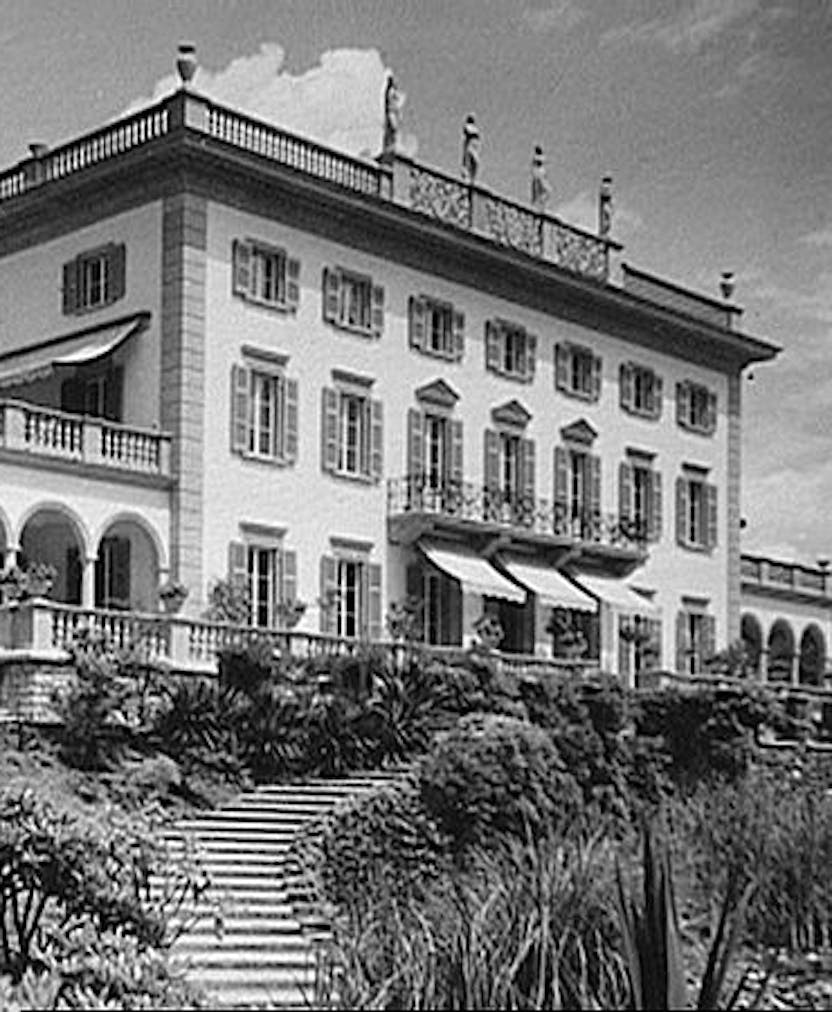
THE BOTANICAL GARDEN
In 1949, Emden’s heirs made an offer to Canton Ticino to purchase the Brissago Islands. Thus, Canton Ticino, together with the municipalities of Ascona, Brissago and Ronco sopra Ascona, plus the Swiss Nature Protection League (known today as the Swiss Heritage Society) decided to purchase the Islands and the Palace. The purchasing contract, signed on September 2nd, 1949, states that the islands and its buildings have solely conservation, culture, scientific and tourism purposes that have to respect the primary purpose of conservation and enhancement of natural beauty. On the morning of April 2nd, 1950, on Palm Sunday, the Brissago Islands were finally opened to the public.
In 2019, the Brissago Island were acquired by the Canton Ticino.
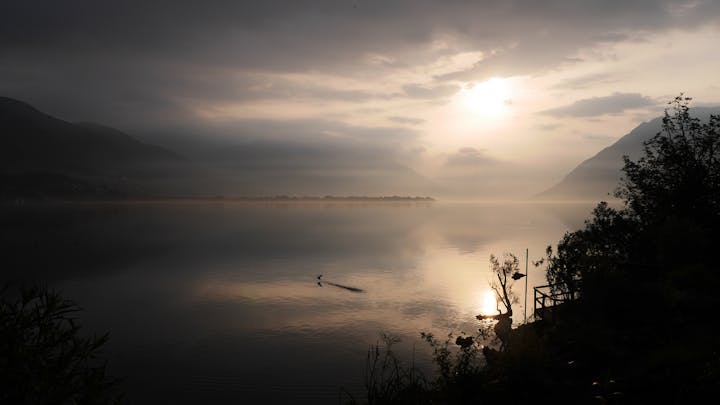
Our island is hemmed by the still, cool waters of Lake Maggiore and ringed with green peaks. Beautiful villas punctuate the shoreline, with charming towns Ascona and Locarno nearby to explore. Hike through the deep valleys, scored by rivers and streams, stopping at the tiny villages whose speckles of lights we glimpse across the water after dark.

